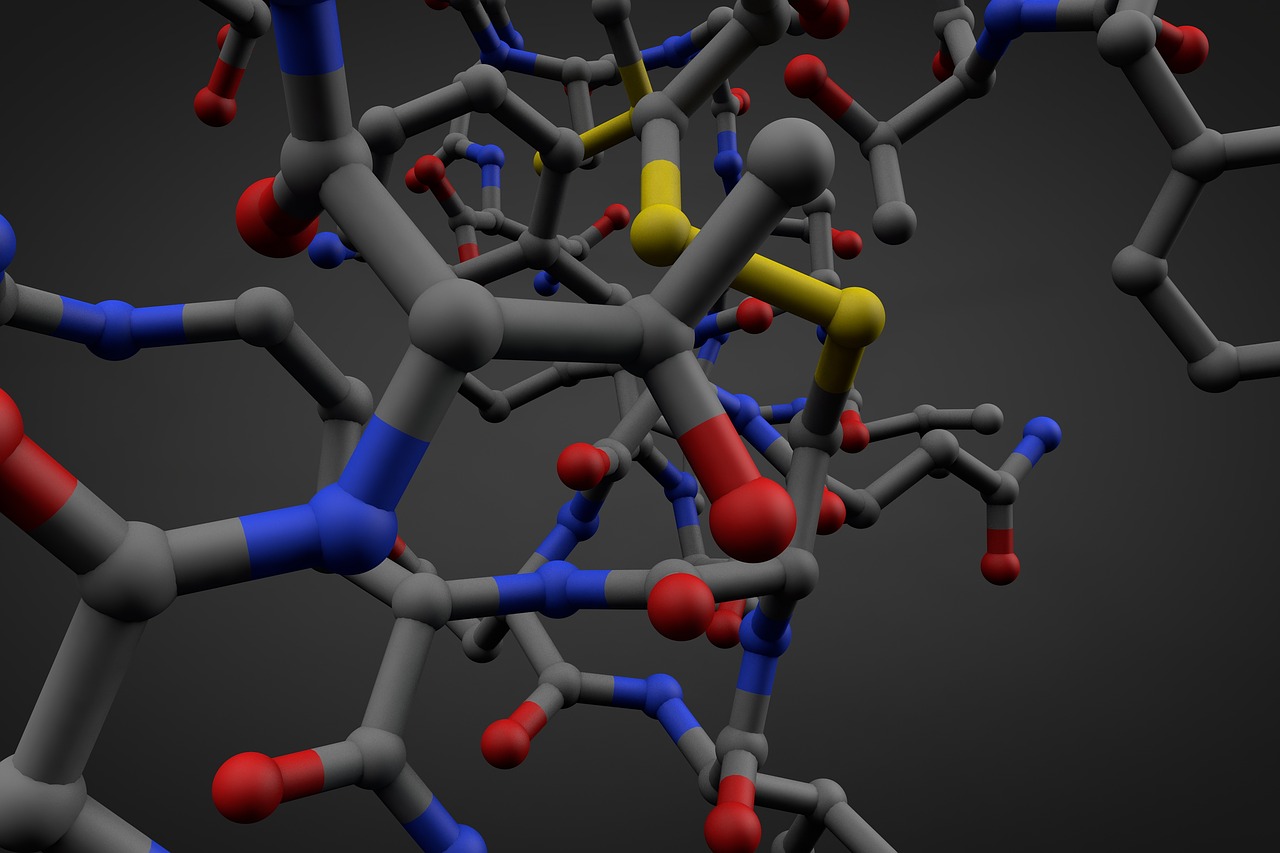
Supramolecular polymers have a lot of potential in the development of new materials because of their inherent recyclability and their self-healing and stimuli-responsive properties. Such properties are a direct consequence of their non-covalent nature and of the reversibility of the monomer to polymer equilibrium. Furthermore, the high directionality of non-covalent interactions, such as hydrogen bonds or π-stacking allows constructing ordered and shape-persistent nanometric and even micrometric polymeric assemblies with high precision by spontaneous self-assembly of molecular monomers.
All these features make supramolecular polymers an ideal platform to develop materials for electronic applications, since efficient electronic transport is dominated by the precise spatial organization of organic semiconductors. For instance, lamellar π-stacking has been identified as an optimal molecular arrangement for electronic transport since it favours intermolecular electronic coupling.
Supramolecular conductive polymers are generally obtained by the assembly of individual disk-like π-conjugated molecules into columnar arrays that provide an optimal channel for electronic transport.
In a recent work, published in the prestigious Angewandte Chemie by the Ikerbasque researcher Aurelio Mateo-Alonso from Polymat, and selected as a "Hot Paper", it is reported a new approach to prepare supramolecular polymers by hooking together sigmoidal monomers into 1D arrays of π-stacked anthracene and acridine units, which give rise to micrometer-sized fibrils that show pseudo conductivities in line with other conducting materials. This approach paves the way for the design of new supramolecular polymers constituted by acene derivatives with enhanced excitonic and electronic transporting properties.
For more information: https://onlinelibrary.wiley.com/doi/full/10.1002/anie.201910818
.png)
